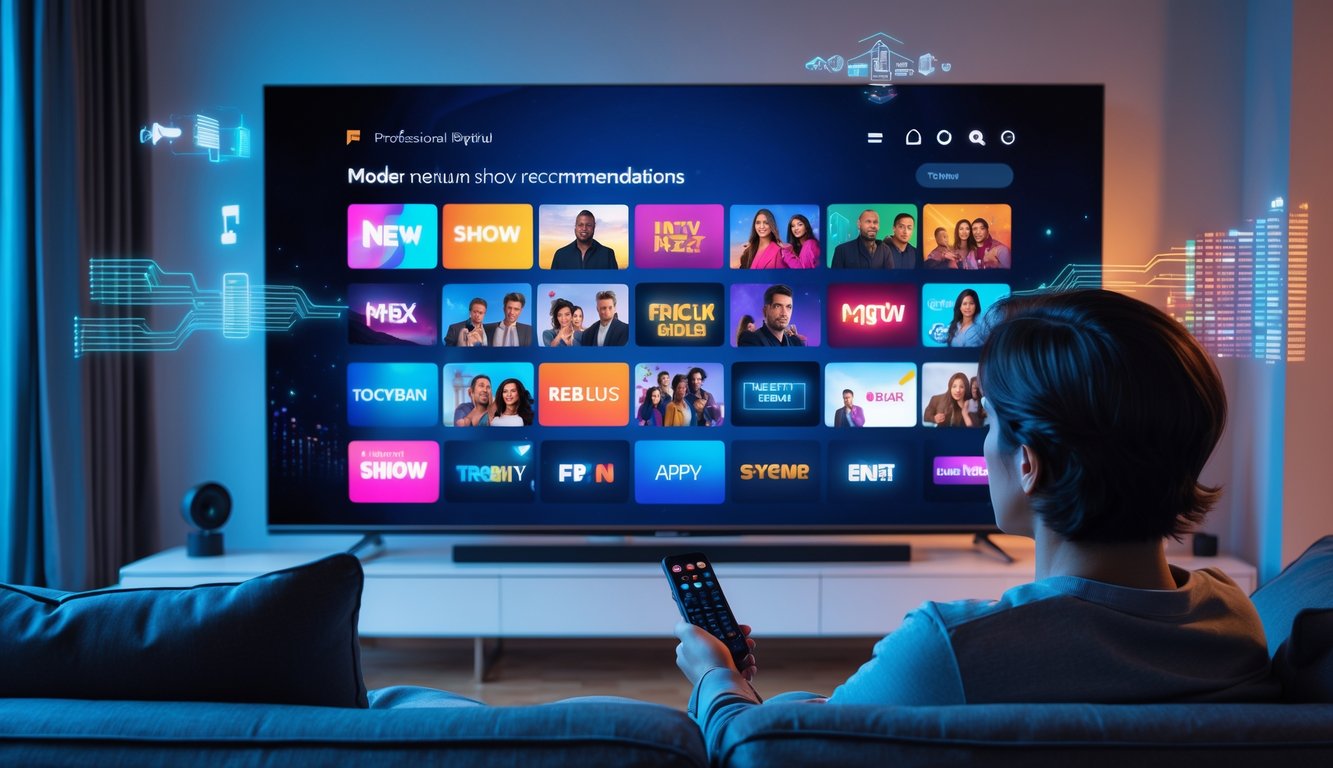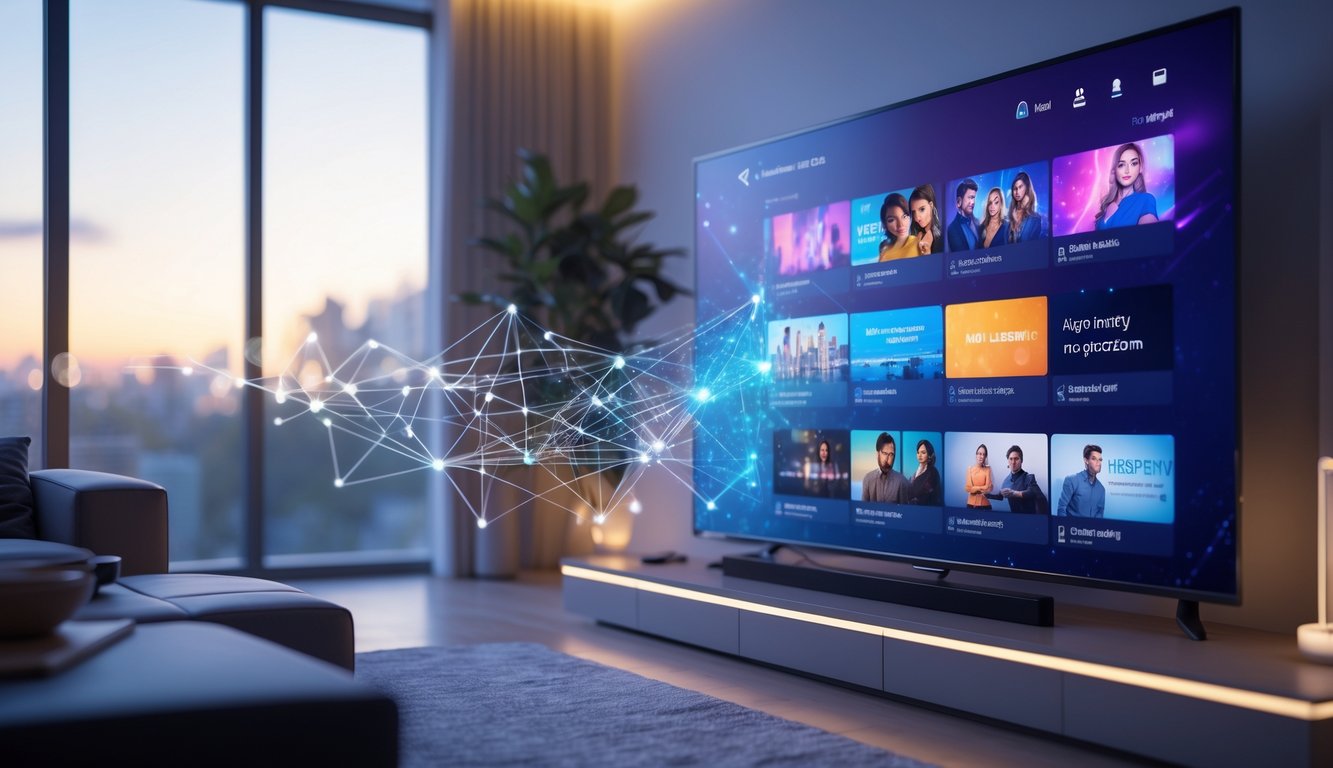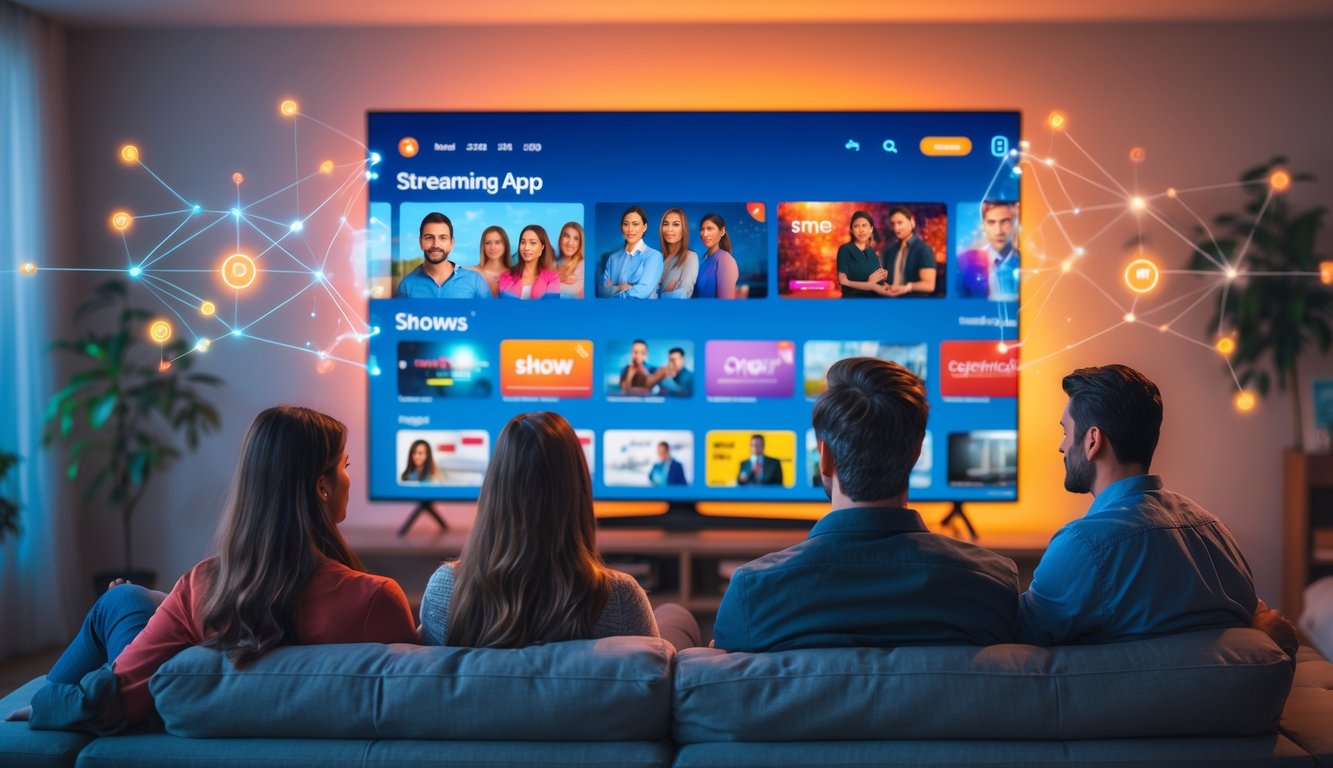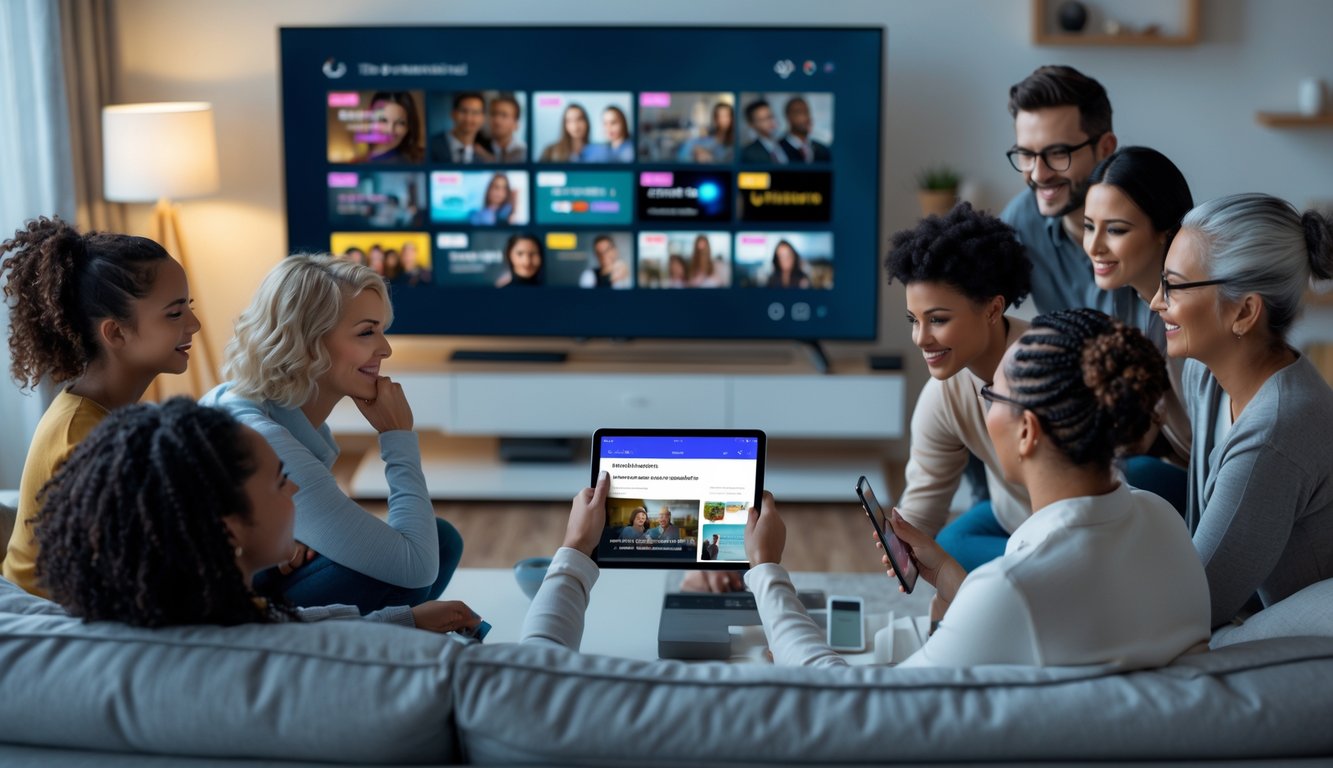
Machine Learning and Deep Learning in Streaming

Why does my queue never match what I searched for last week? I swear something’s playing favorites, but it’s not me. All the behind-the-scenes math just keeps grinding away, and I’m over here wondering if I ever actually chose anything.
How Machine Learning Powers Recommendations
Let’s just say, every time I click on a baking show instead of my usual crime drama, it takes, what, an hour before I’m drowning in cupcakes and soggy bottoms? Netflix alone runs thousands of experiments a month on random user clusters—imagine being a guinea pig and never knowing. They’re crunching everything: pauses, rewinds, what you add to your list, what you ignore after hovering for ten seconds. All of it.
They chop us up into taste buckets (I never asked to be in the “animated sitcom” crowd, but here we are), and the system keeps learning, predicting my next move before I even know what I want. It’s all collaborative filtering, endless matrices, whatever those are. No menu’s random. Some ex-Netflix engineer said, “We deliver recommendations you didn’t even know you wanted.” That’s not comforting. Sometimes I get rom-coms after a medieval farming documentary and just stare at the screen, baffled.
The Impact of Deep Learning
But deep learning? That’s where it gets weird. These neural nets see stuff nobody else would—like when HBO Max gave me three hospital dramas after a food travel show. Are they okay? Do they think chefs and doctors are interchangeable? They’re scraping everything: subtitles, background music, even which thumbnail you click. All of it goes through models with names that sound like broken keyboards (ReLU, LSTM—seriously?).
Amazon Prime’s team says they’re constantly tweaking these layers to see what sticks, but good luck figuring out how. ResearchWire claims deep learning lets them run nonstop A/B tests on thumbnails and teasers, just to hook you with that first impulsive play. Recommendations shift mid-season because some model noticed I fall asleep to wildlife docs at 2 a.m. (creepy, but true). None of this is magic—it’s just relentless, hungry pattern-hunting. Sometimes it works. Sometimes it’s a mess.
The Influence of Major Streaming Platforms

Nobody warns you how easy it is to miss out on an entire series because some algorithm just decided you weren’t the right fit. Netflix shoves its “best picks” right up front, while Hulu feels like it’s throwing spaghetti at the wall with your taste profile. Statistically, over 80% of what I end up watching comes straight from the algorithm, not from me searching. (Netflix said that in 2019, and I don’t think it’s changed.) Am I even making choices anymore?
Netflix’s Unique Algorithm Approach
Ever notice how Netflix swaps out thumbnails and shuffles your queue based on your every move? It’s not subtle. They’re watching not just what I click, but how long I hover, how fast I scroll, even the time of day. Sometimes I swear it knows I only binge true crime after midnight.
They never stop tweaking things. Their VP of Product bragged that 75% of what people watch comes from recommendations. The data points they track? Ridiculous. Completion rates, skips, genre overlap, whatever else they can scrape. My friend once got stuck in a rom-com loop for weeks just because he finished two in a row. There’s no escape.
I read an ex-Netflix engineer interview (Quartz, 2021) where he admitted they’re running hundreds of A/B tests on us at any given time. That’s probably why new shows show up in the weirdest places, or disappear for no reason. And don’t get me started on “continue watching”—why does it keep recommending stuff I abandoned months ago? It’s a disaster. No way out, just more clutter.
hulu and Alternative Models
Hulu? It’s got its own quirks. Sometimes the recommendations feel weirdly spot-on, but if you stop watching for a week, everything changes. They care more about direct feedback—thumbs up or down actually does something here, unlike Netflix, where I feel like it’s just for show. Ad tech and show picks are all mashed together, so sometimes I get recommendations that feel more like a sales pitch than a suggestion.
Hulu’s library is a mess because of licensing, so sometimes a show pops up just because they have to push it. Someone from Hulu told Variety in 2023 that deals force certain shows to the front. I’ve noticed my homepage transforms after I watch even one new episode—way more dramatic than anywhere else. And when they get new partner content (FX, ABC, whatever), it takes over the whole page. Not subtle.
Also, promo banners and “recommended for you” are often totally out of sync. I once saw a preview for a show that didn’t hit my recommendations until days later. It’s like the left hand doesn’t know what the right’s doing. They’re tracking trends, testing interactive ads, and sometimes the algorithm feels like it’s trying to impress investors instead of helping me chill out.
Will I ever catch up on everything? No way. But at least I can blame the algorithm for missing a show, instead of my own indecision. That’s something.
Impact on User Behavior and Experience

Honestly, I barely notice when the algorithm herds me into some new series. One minute I’m just browsing, next thing I know, everyone’s talking about the same thing and I’m already three episodes deep. It’s not magic—it’s a digital nudge, like someone keeps moving the grocery store aisles just to mess with me. All those little tweaks? Completely intentional, tracked, and maximized. Nobody’s winging it.
Shaping Viewing Patterns
Those row labels—“Top Picks,” “Trending Now,” “Because You Watched X”—they’re not just for show. CMU did a whole analysis (Devyn Hinkle, if you care) about how these algorithms shuffle everything based on your tiniest decisions. The end result? You get sucked into shows you never meant to watch. Mystery, reality, whatever—suddenly you’re watching it. Did I really want this? Not sure.
It’s less about knowing me and more about shoving me into a user cluster. Click a few times, finish a couple of episodes, and suddenly I’m in a box with a million other people training the same system. Sometimes I catch myself curious about a show I’d never pick, and then realize I’m just another data point. Honestly, it’s kind of funny. Or maybe sad.



